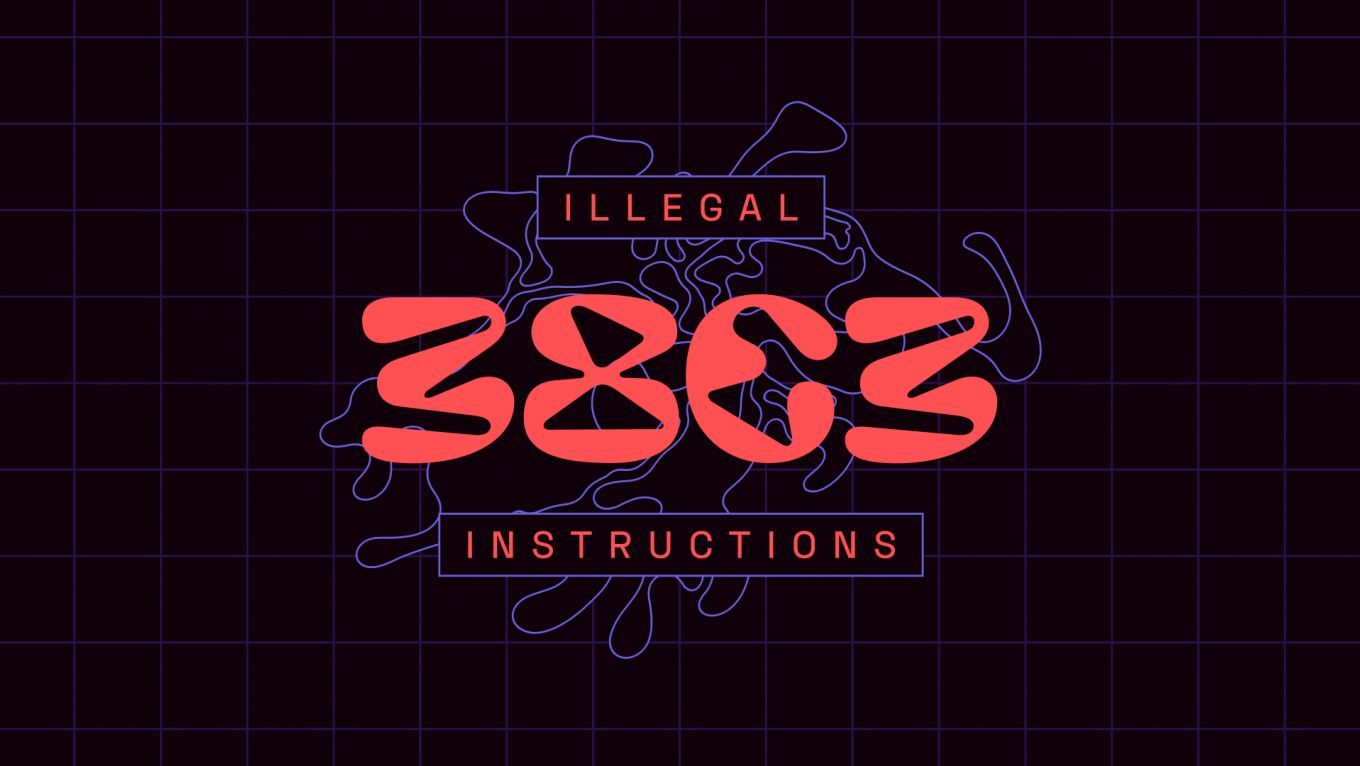Hardware & Making
IRIS: Non-Destructive Inspection of Silicon
IRIS (Infra-Red, *in situ*) is a technique for non-destructively inspecting the construction of a select but common type of chip. It can improve visibility into our hardware and provide supporting evidence of its correct construction, without desoldering chips or expensive analytical gear. This talk covers the theory behind IRIS, as well as some embodiments of the technique. I will also frame the relevance of IRIS in the face of various threat scenarios. Time permitting, I’ll also show how you can do it at home by peeking around a few chips as a demo.
Do we really know what chips are inside our devices? To a first order, the answer is “no”. We can read the label printed on the chip's package, but most of us have no way to determine if the silicon actually matches what’s on the label.
This lack of transparency has lead to much hand-wringing about the safety of our global supply chains, as chips zig-zag the globe on their way to our doorstep: each stop is an opportunity for bad actors to inject malicious hardware, and those of us without access to million-dollar analytical gear have no way of detecting this.
IRIS (Infra-Red, *in situ*) is a technique I have been developing that aims to democratize the inspection of silicon. It turns out that for a select but fairly common type of chip - those in chip-scale packages - a simple modification to an off the shelf microscope camera can enable the visualization of micron-scale features within – without requiring any nasty chemicals or desoldering chips. I will also show how the basic everyday technique can be combined with a Jubilee 3D motion platform to create detailed, full-chip images.
This talk will cover the basic theory behind the technique, and frame it in the context of several hypothetical threat scenarios that highlight its strengths and limitations. It is important to understand that IRIS is not a panacea for chip verification, but it is a significant step forward in improving transparency. I will also discuss its potential as a new tool for system designers who are serious about enabling user-level hardware verification.
Finally, time permitting and equipment cooperating, I would like to share the simple pleasure of being able to take a peek inside the chips of some common mobile phone motherboards with a live demo.
Additional information
| Live Stream | https://streaming.media.ccc.de/38c3/glitch |
|---|---|
| Type | Talk |
| Language | English |
More sessions
| 12/27/24 |
I'm not big-brained enough to use cameras on Linux, so I decided to write my own camera stack (based on a real story).
|
| 12/27/24 |
Reverse engineering the Wi-Fi peripheral of the ESP32 to build an open source Wi-Fi stack.
|
| 12/27/24 |
Many developers know that the answer to "How do I debug this microcontroller" is either "JTAG" or "SWD". But what does that mean, exactly? How do you get from "Wiggling wires" to "Programming a chip" and "Halting on breakpoints"? This talk will cover how common debug protocols work starting from signals on physical wires, cover common mechanisms for managing embedded processors, and ending up at talking to various common microcontrollers.
|
| 12/27/24 |
The Iridium satellite (phone) network is evolving and so is our understanding of it. Hardware and software tools have improved massively since our last update at 32C3. New services have been discovered and analyzed. Let's dive into the technical details of having a lot of fun with listening to satellites.
|
| 12/27/24 |
The 530 tons and 63 meter tall Ariane 6 rocket finally launched on July 9th 2024 carrying our open-source developed payloads – the SIDLOC experiment and the satellite Curium One – into space. SIDLOC tested a new, open, low-power standard for identifying and precisely locating spacecraft whilst our satellite Curium One established an open-source baseline for larger CubeSat systems and allowed us to test a bunch of new technologies. From sourcing a launch opportunity to the final integration ...
|
| 12/27/24 |
Recent breakthroughs in machine learning have dramatically heightened the demand for cutting-edge computing chips, driving advancements in semiconductor technologies. At the forefront of this progress is Extreme Ultraviolet (EUV) lithography—a transformative method in microchip fabrication that enables the creation of ultra-small, high-performance devices. However, the path from raw materials to these state-of-the-art chips navigates a complex global supply chain riddled with technical ...
|
| 12/27/24 |
Custom silicon chips are black boxes that hold many secrets, like internal ROMs, security features and audio DSP algorithms. How does one start reverse engineer them? Let's look at the basics of silicon reverse engineering, what gate array chips are, and how some tooling can generate Verilog code automatically from a die shot.
|

